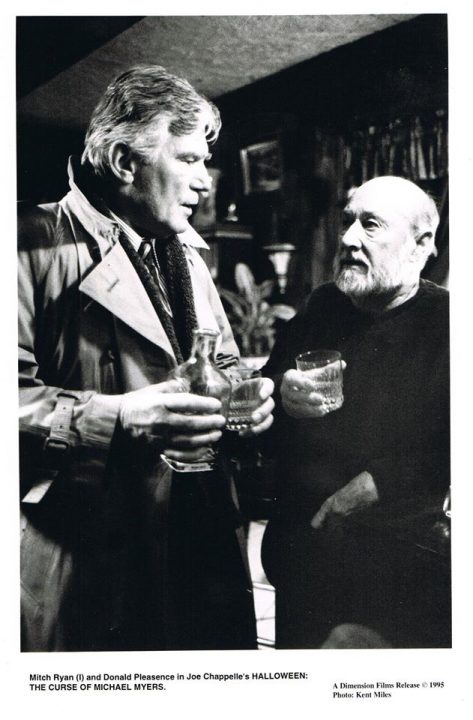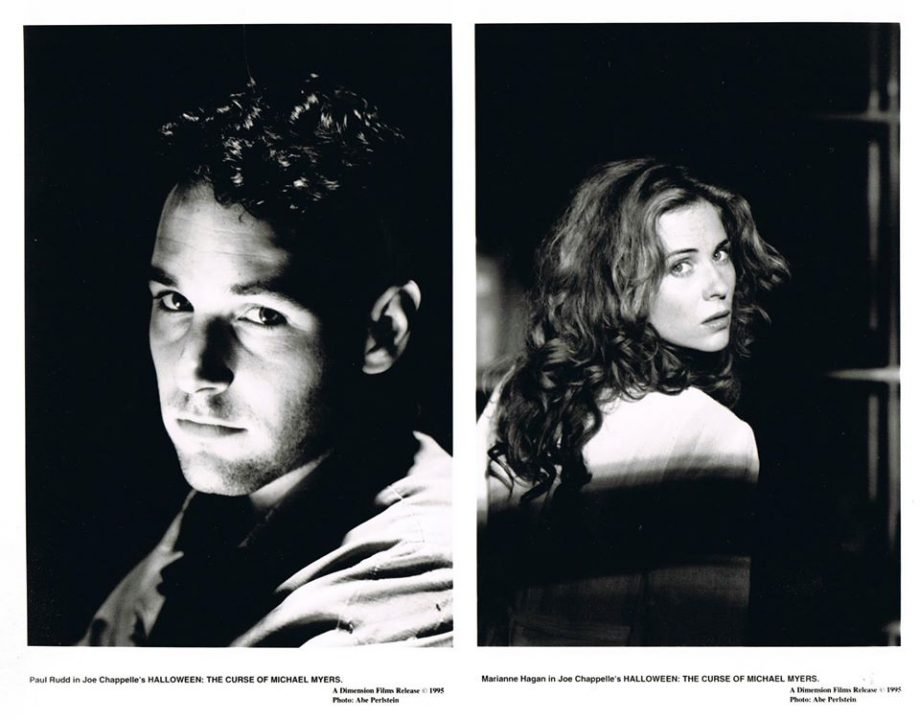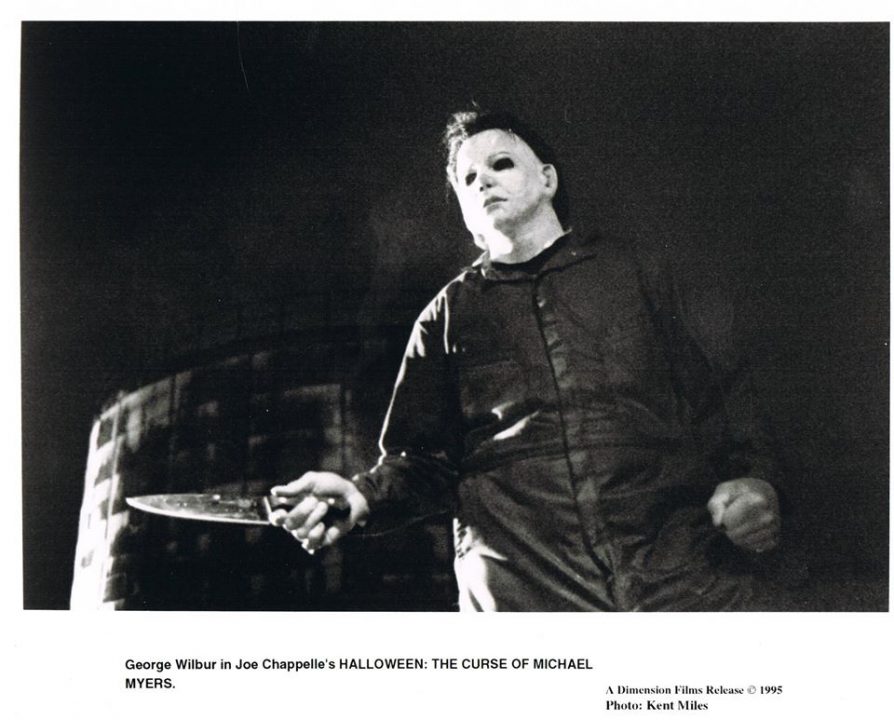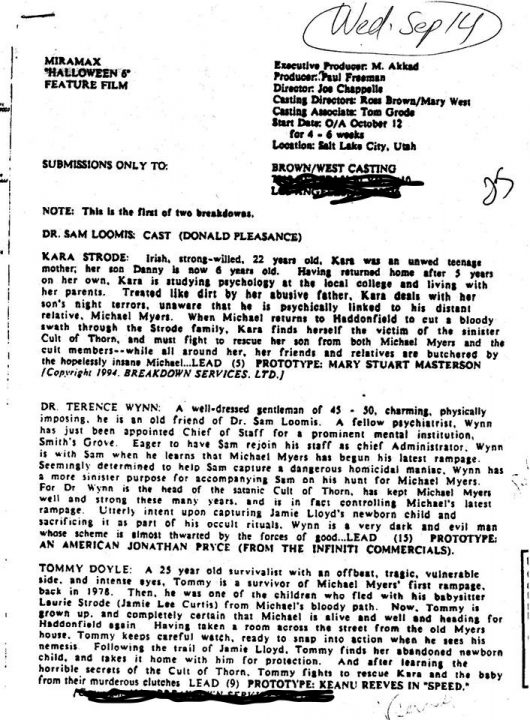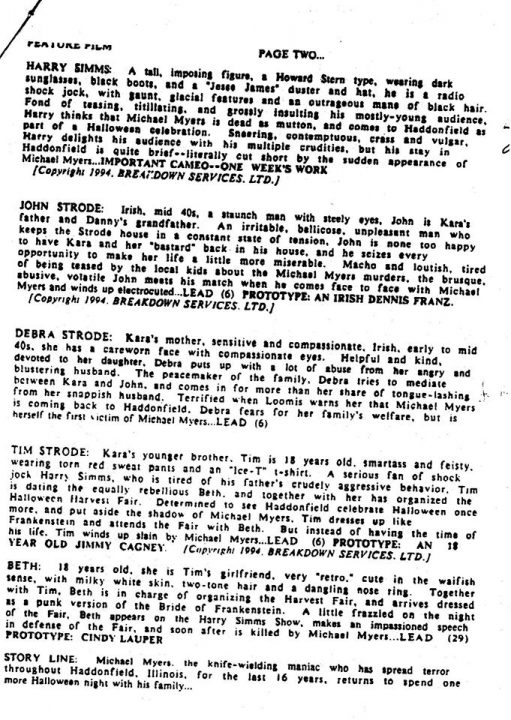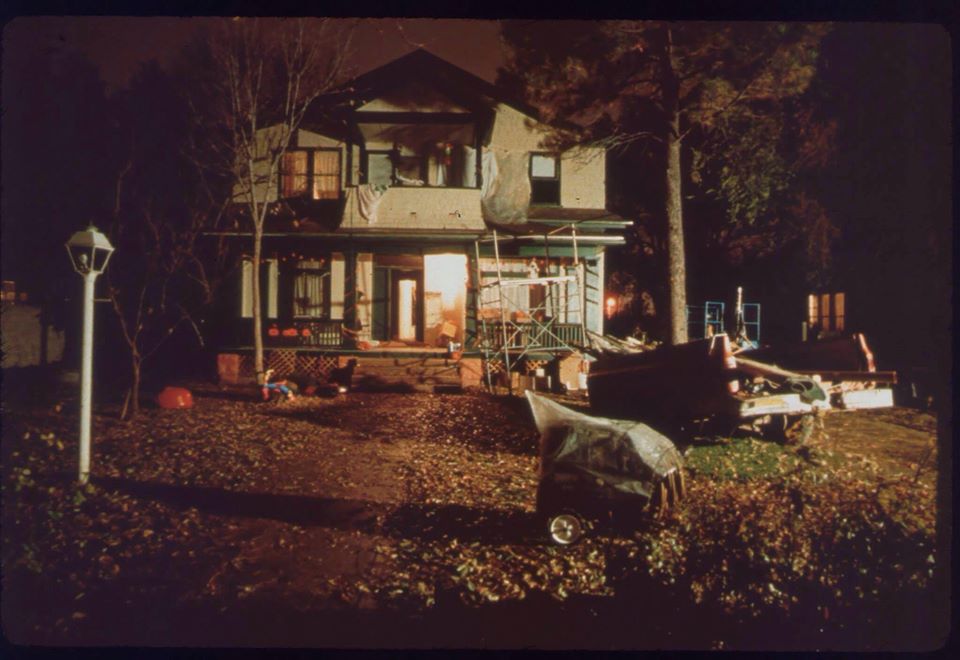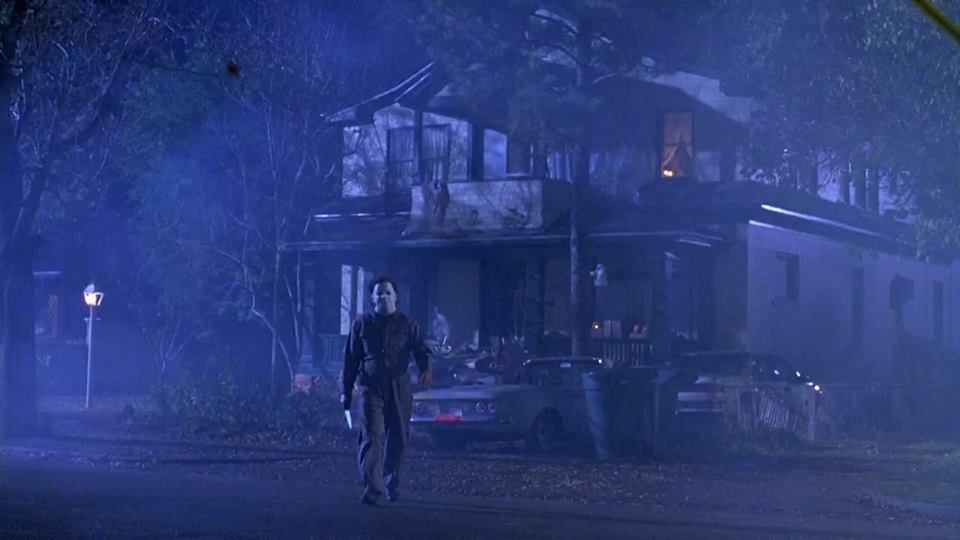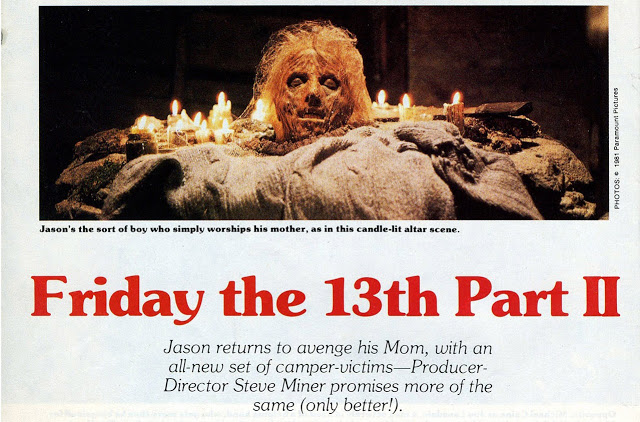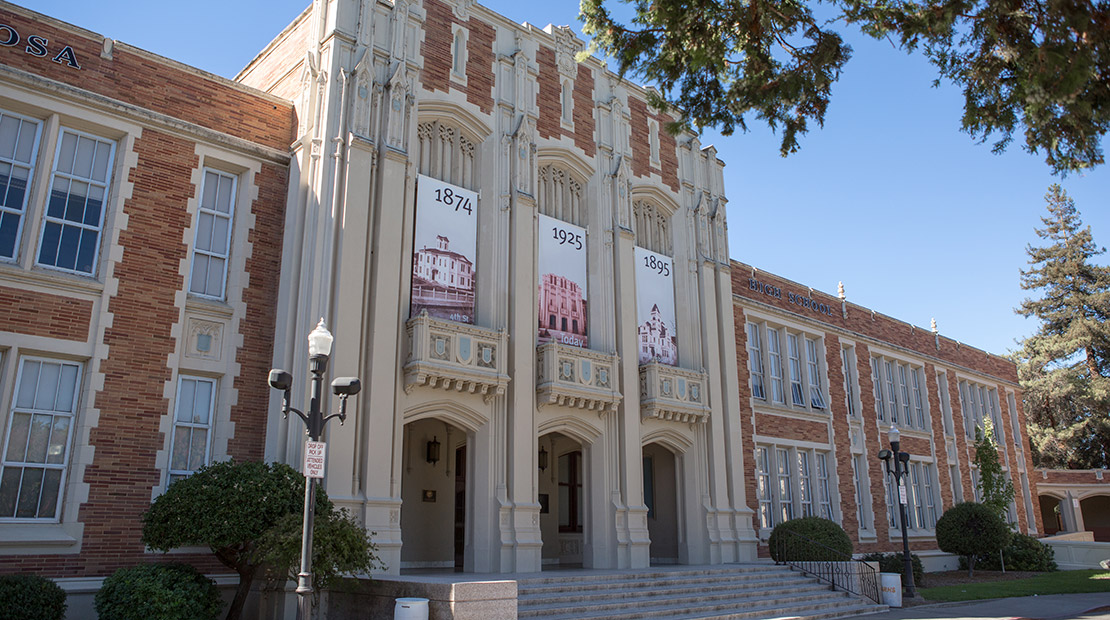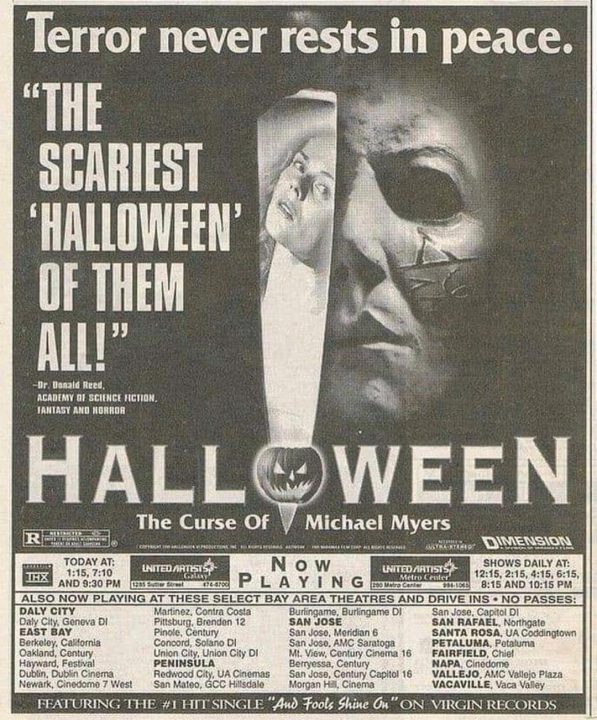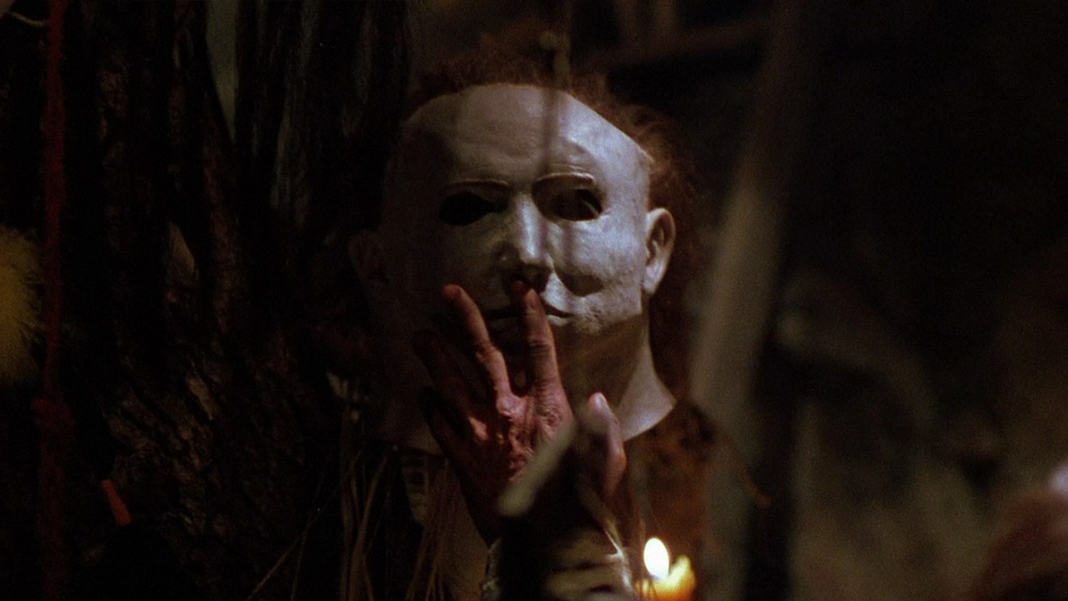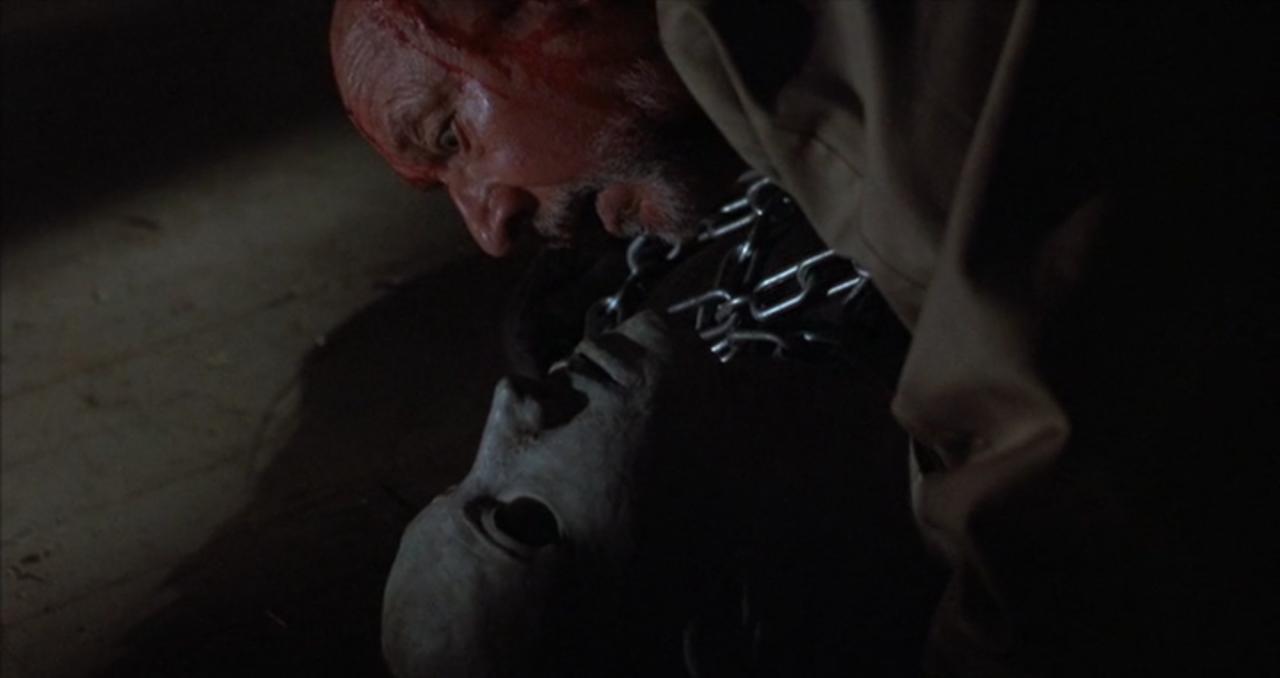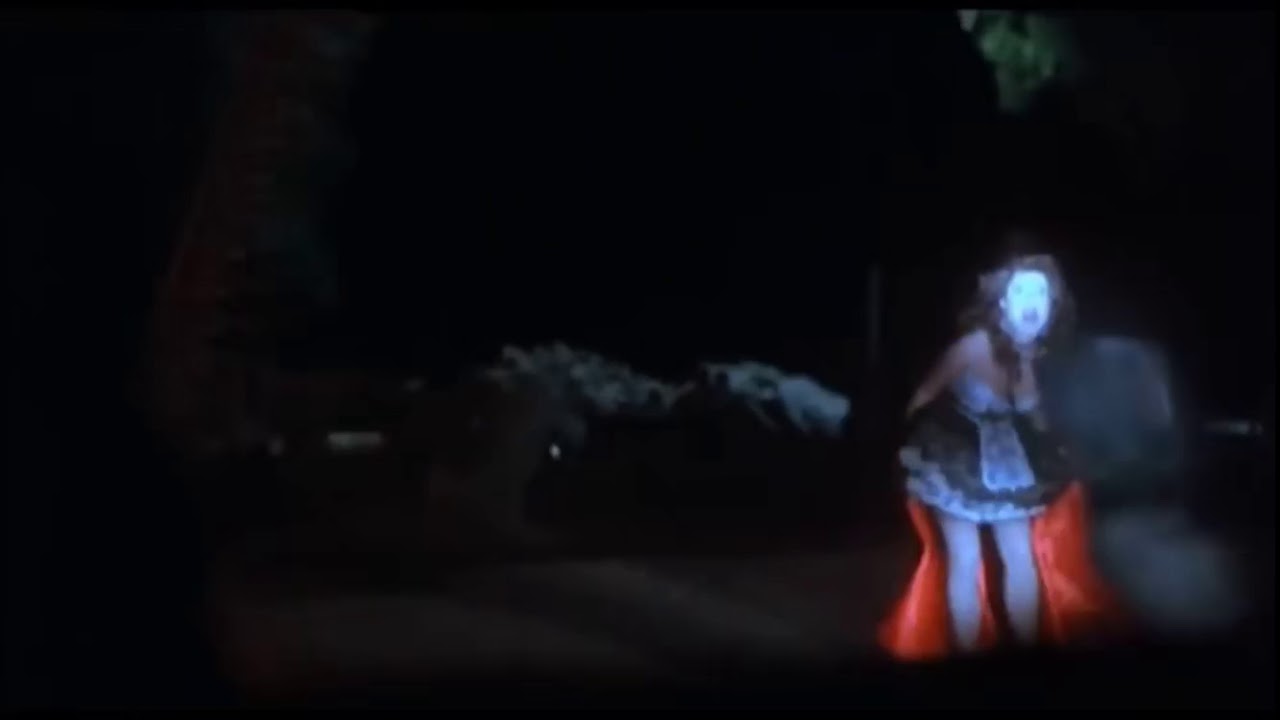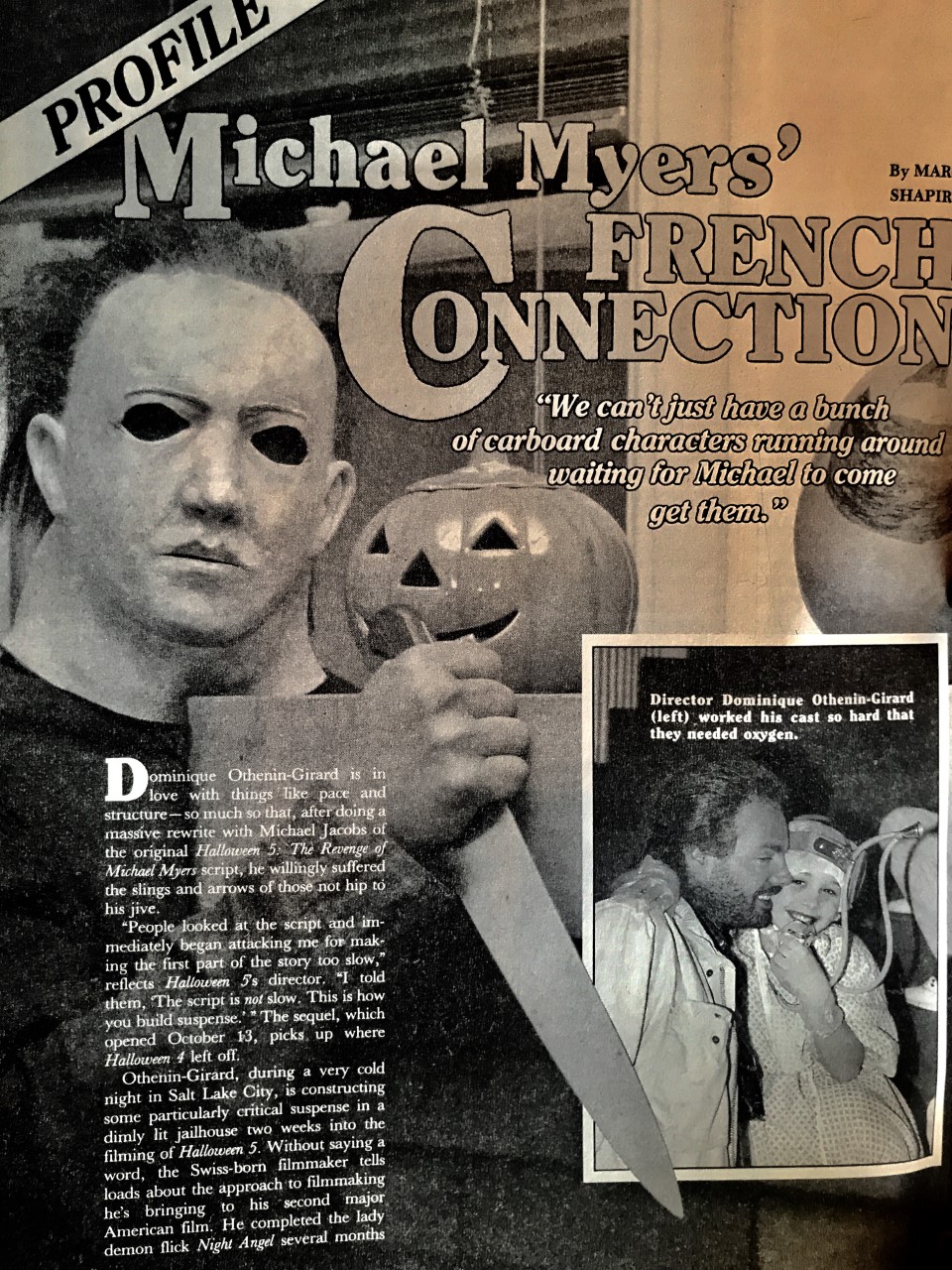In pursuit of a career in film and upon his arrival to Los Angeles, California in 1987, screenwriter Daniel Farrands’ journey to the Halloween franchise, and to being attached to write 1995’s Halloween: The Curse of Michael Myers, would have many a twist and turn. But the long-time horror fan was doggedly determined (you can read about his early years in part one of our interview series here), no more so than when in 1989, following an opening night screening of Halloween: The Revenge of Michael Myers in Studio City, California, he stepped out of the darkened theatre to proclaim to his friends, “I’m going to write Halloween 6!”
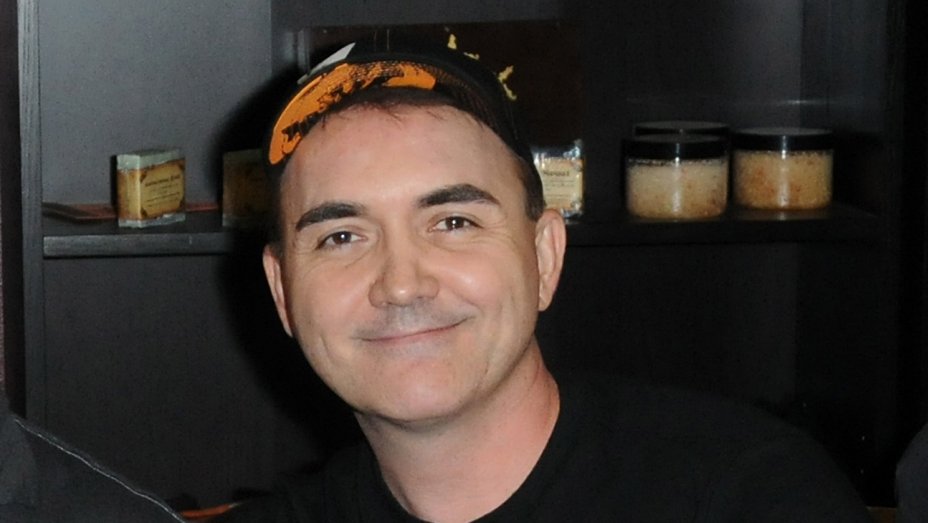
“It was a declaration,” Farrands recalled, “and there was no other option. For me writing Halloween 6 was going to happen. At least I hoped!”
Having made the move from the northern California enclave of Santa Rosa to LA two years prior, Farrands had spent a semester and change attending CSUN college in Northridge, before he decided that he no longer wanted to be in school.
“So, I got a day job as an assistant at the Motion Pictures Association of America, the place which hates horror movies more than anyone,” said Farrands of the ratings board where he worked, the one famously responsible for many a requested cut to horror films (and otherwise) ever since its creation in 1922 (as the Motion Picture Producers and Distributors of America).
“In those days, it was John Carpenter and Wes Craven and David Cronenberg versus the MPAA, because the MPAA was the enemy, the infamous censor of the time,” Farrands recalled. “And there I was, this wannabe horror writer and filmmaker working for them. But here’s the funny thing, I became friends with all of those people on the board, who remain anonymous to the public. And it got to the point that when they had a horror film they were to review, they’d call my extension, because they knew that I was a horror fan. Like, ‘Dan, we’ve got Friday the 13th Part VII: The New Blood. Come down to the screening room.’ So. I’d get to sit in the projection booth at the MPAA, watching all of these uncut, gore-laden 1980s slasher films in 35mm, versions which sadly would never be seen again.”
THE ROAD TO HALLOWEEN
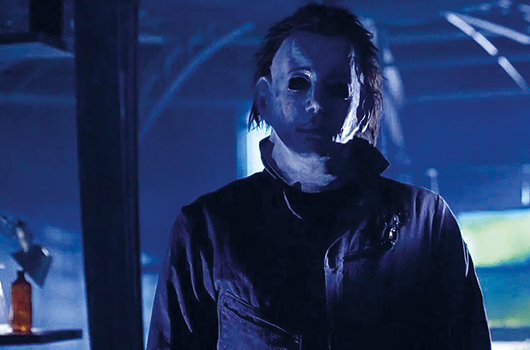
“So after having seen Halloween 5,” recalled Farrands of his introduction to a rights holders of the Halloween franchise, which took place in early 1990, “I embarked on my journey to meet (Halloween series producer) Moustapha Akkad, who I didn’t know at all. But this was before the internet. In those days, there was this thing called the Hollywood Creative Directory. It was like a little guide you could buy at a news stand for five bucks, and it would list all of the active production companies, and in it was a listing for Galaxy International, which was a distribution company then owned by Mr. Akkad. So, I found the listing, and I contacted Ramsey Thomas, (producer of Halloween 5) saying, ‘Listen, I have a horror script that I would love to send you.’ Mind you, it wasn’t a Halloween script. It was an unrelated slasher script, which I don’t even remember the name of. But in a matter of days, Ramsay called me on the phone and said, ‘Send your script over right away and we’ll review it, because we’re making Halloween 6, and we’re looking at (potential) writers.’ And I was like, ‘Wow! So, my plan is coming true! This could really happen!’”
“So,” continued Farrands, “I sent him the script, and Ramsey called me back a couple of days later, and said, ‘This script is great, and you have I think what we’re looking for, so I want you to come in and pitch an idea for Halloween 6 to Moustapha. Do you know who that is?’ And I said, ‘Yes, I know who that is. Are you serious? You want me to come meet this man?’ And he said, ‘Yes. Here’s our address on Sunset Boulevard at Doheny above the Hamburger Hamlet.’ I think I had a week in order to prep the pitch.”
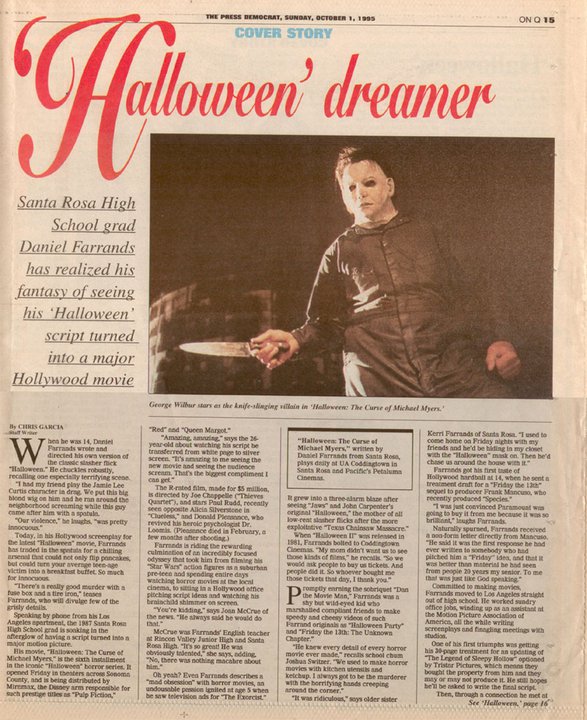
“The Bodhi Tree was this occult bookstore in West Hollywood, which I visited in an attempt to figure out what the fuck that tattoo (seen on the wrist of Halloween 5’s duster-and-cowboy-boot wearing Mysterious Stranger) was, and also who this character really was,” recalled Farrands of his attempt at making some narrative sense of Halloween 5 director Dominique Othenin-Girard’s confounding additions to the franchise. “And since Halloween 5 wasn’t yet on video, I had to draw the tattoo on a piece of paper from memory, and brought it to the clerk at The Bodie Tree, and asked her what the symbol meant. She told me that it was a rune. And she pointed me to a book called Rune Magic. In it, it had the Thorn (Thurisaz) symbol from the film, and the book explained that it represented an evil giant, and that if the symbol was applied to someone, then they would be visited by the devil. So, I bought a copy of the book, and decided that I needed to solve this.”
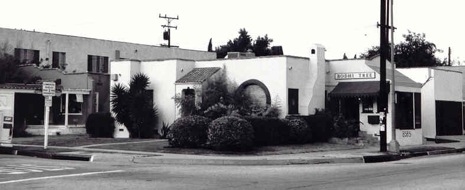
Having never really pitched a movie before, Farrands recalled, “I thought, ‘Let me go in with the largest amount of stuff I can come up with.’ I already knew so much about all of the Halloween movies and their timelines, which I kind of wrote out like a gigantic family tree. And I made graphics and I took pages from all the research I’d done on Halloween lore, and anything that had to do with the holiday and the mysticism surrounding it. I thought, ‘I’ll inundate them with that, and also kind of give them a direction which I think the series might go.’ Also, I think I wrote out four or five ideas, paragraphs with suggestions of things that we could focus on, while still keeping other options open. So, I wrote that up and put it all in a binder, and my friend created this graphic for the cover that read ‘Halloween 666,’ but I came up with another idea. I said, ‘We’ve got to make the ‘A’ in Halloween the Thorn symbol.’ So, we did, and when it came time for the meeting I arrived with the binder, and Ramsey marched me into Moustapha’s office. And there he was.”
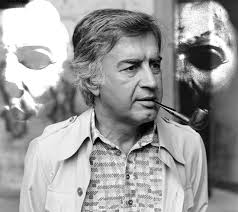
“I can see Moustapha in my memory just like he’s there now, and I wish he was,” recalled Farrand of Akkad, whose life was taken tragically in a bombing in Jordan on November 11, 2005. “Sitting behind that big desk with his pipe in his mouth, and kind of leaning back in his big chair talking around his pipe. It for me literally felt like I was stepping into the principal’s office. My heart was racing. But, I kind of just started laying out my take on Halloween 6. I don’t even know what I said in that meeting. I’m not kidding. It lasted maybe five minutes. I was in and out. And I left the binder with him, saying something like, ‘Well, this is my take on everything that’s come before and what I think you could do going forward.’ I also remember that I said something to him that made him laugh, because it came off as naïve and stupid. I honestly don’t remember exactly what it was I said, but it was one of those moments which you play over and over in your head, knowing how stupid you must have sounded. Open mouth, insert foot time! And I thought, ‘Well, that’s the end of that. That’s never going to happen.’”
Active development on a sixth film in the Halloween franchise was soon paused, as legal battles pertaining to the ownership of the sequel rights took place during the early 1990s, and it was during this time that Farrands sold a couple of original scripts, which happily allowed him to reduce his working hours at the MPAA. It was also during this time that the Northridge earthquake struck southern California, which forced the MPAA to move their offices to the Columbia building in Burbank (as their previous space in Encino had collapsed during the tremblor).
Farrands recalled of his windowless office, “It was horrible, feeling chained to that desk. And then one day, my brother, who lived with at the time, calls me at the office and says, ‘I just got a message for you, from Moustapha Akkad. He called the house looking for you.’ And I was like, ‘C’mon! Are you sure?’ And my brother said, ‘I’m one hundred percent certain that it was him. He left his number and he wants you to call him.’”
“This was also around the time that Halloween 6 had already been in the trades. Headlines screaming, ‘Miramax Buys Rights to Halloween.’ ‘Miramax Hires Writer.’ Etc., etc. So, I thought at the time that it was over for me. But I called the number anyway, and I was transferred to Moustapha who said, “Daniel, it’s Moustapha Akkad, and I want to talk to you about Halloween 6. I need you to come to my office.”
“So, I did,” said Farrands. “At that time Trancas had their offices in Century City, and when I arrived , Moustapha was again behind his giant desk with his pipe in his mouth, and producer Paul Freeman (producer of Halloween 4) was on one side of him, and Moustapha’s son Malek, who I’d kept in contact with since my initial meeting with Moustapha, on the other. And there was a chair for me. And they then proceeded to tell me that they’d been through many iterations of the script for Halloween 6, and that they had a crew, a mask, and a looming start date to shoot the film in Salt Lake City, Utah. And they basically said, ‘Give us something good, and you’ll be hired (to write it).’”
“One of the directives Moustapha had given me though was, ‘Do not tell me about Jamie Lee Curtis. She’s a big star, and she will never make another Halloween movie again.’ Oh, how I wish he was around now for me to hold that over him, because of course at the time I would have loved to pitch a film idea with Laurie Strode at the center of it!”
“Anyway, I started pitching them vague ideas I had for Halloween 6. And one of the first things that came out of my mouth was, ‘Jamie Lloyd.’ And they said, ‘No,’ we can’t have her in this movie, we need to move on from that.’ And I said, ‘But what if she is the bridge that brings us into the new story, and she’ll pass the torch?’ So, I started pitching this idea, and the first thing that came spontaneously out of my mouth was, “What if it’s like Rosemary’s Baby meets Halloween?’ And Moustapha’s eyes bugged out.”
“He understood the marriage of the supernatural to the slasher, but his big question was, ‘But who is in the man in black? Dominique saddled us with this thing from Halloween 5, and not one who made 5 had any idea who this mystery man was supposed to be , or what to do with it. So, go! Tell us who he is.’ And it’s funny because Malek was in the room and kind of helped me along, kind of rooting for me, and leading me, and he said, ‘What if it’s somebody at Smith’s Grove?’ And I said, ‘Yeah, it could be Dr. Wynn,’ the hospital administrator seen walking with Loomis in a short scene in the original film. and they liked that, and it gained momentum, and Moustapha said, “You’ve got a week to write a treatment, and if we like it, we’ll engage you to write the script.’ And that was the first meeting.”
“Let me tell you, I didn’t sleep at all that week,” Farrands remembered. “So, I started writing pages. Interestingly enough, Ramsey Thomas, who had introduced me to Moustapha, was no longer with the company, but as I felt indebted to Ramsey, so I’d share pages with him via fax, and he coached me a bit. And the first thing he said was, ‘The character of the radio guy you created is great, and how he connects all of these characters to different parts of the town and the story. Do that!’ So, that was the beginning of it all, and maybe ten days later I had a dense, twenty-page treatment, which I sent to Moustapha, and while he said that he really liked it, he felt that it was too big in scope for one film. But what he did say was, ‘What I love about this, is that (in narrative) we now have the next movie ready to go.’”
So, what was in that original treatment for Halloween 6?
“There was kind of a big reveal at the end,” offered Farrands, “in that all of the people of Haddonfield, in sort of a The Wicker Man/Shirley Jackson’s The Lottery sort of way, were all part of this secret society, and that their Halloween tradition was that of offering up a sacrifice for the community’s safety. It all played out in a kind of epic third act, where Laurie Strode showed in order to save her daughter, Jamie. I just kind of threw Laurie in there at the end, because I thought, “maybe we could get Jamie Lee on screen for five minutes!” After that idea quickly melted away, it was off to races , and the reset went really, really fast.”
–
Writer’s note: this interview has been lightly edited and condensed for clarity.

